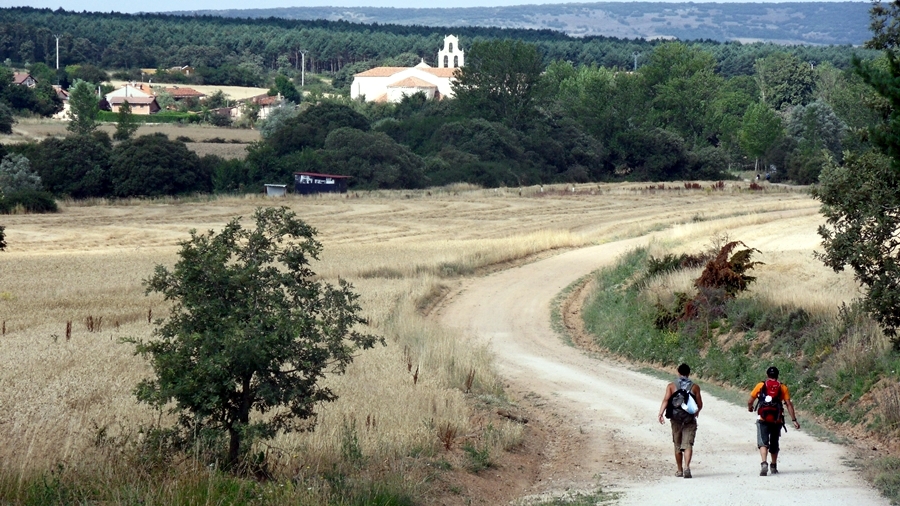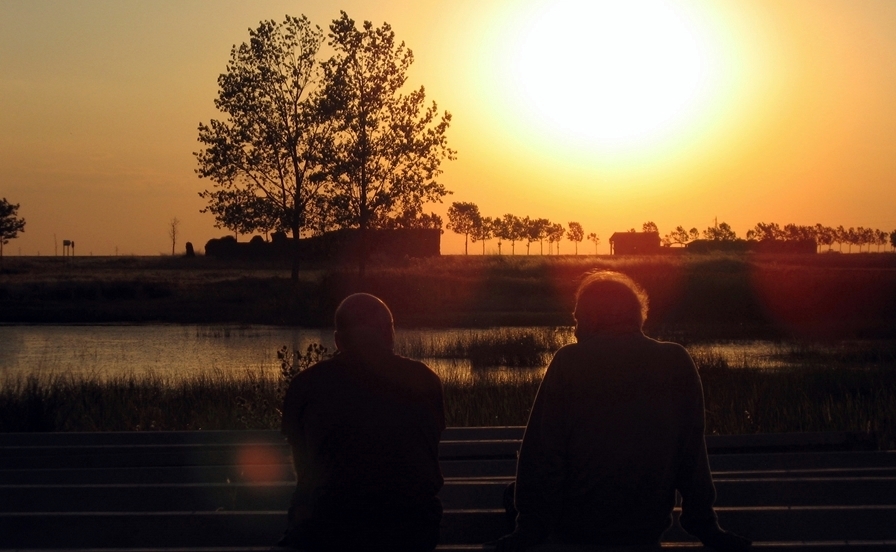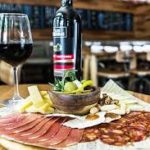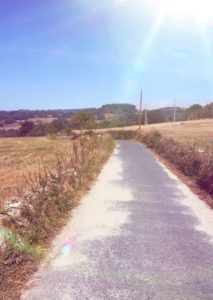Back in the day, the reasons to walk the Camino were simple. The medieval pilgrim undertook the journey to the shrine of the Apostle Saint James in Santiago de Compostela to pay indulgences or atone for their sins (or, in some cases, those of their masters!). Today, the Camino is a modern, 21-st century pilgrimage with some core characteristics you won’t find along any other walking trail. Here are the top five reasons to walk the Camino this year.

1. GOOD HARD SLOG
No hay Camino sin dolor!
This is a famous Camino expression that loosely translates as ‘There is no Camino without suffering.’ No matter what route you choose, the Camino is never easy, certainly not for those who walk the entire length of the French Way (800 kilometres from Saint Jean Pied de Port to Santiago de Compostela), but neither is it easy for those who decide to walk a section over the course of a week. Muscles tire, tendons strain, blisters develop seemingly without rhyme or reason…it’s never a doddle. From the hardcore fit-as-a-fiddler determined to walk the length of Spain to the person just back from injury, everyone has their own reasons for undertaking this difficult physical test. In the end, there is nothing better than the feeling of achievement you get from overcoming a tough challenge like the Camino.
2. GET TO KNOW YOURSELF
No one would claim that the Camino is the most naturally breathtaking hike in the world, but as a food-for-the-soul experience, it is unbeatable. Something about retracing the steps of the millions of pilgrims who have traipsed along the Camino from medieval times right up to today lends a substance and aura to the Camino that you won’t find along any other walking route. In a society that makes demands of you at breakneck speed, the Camino de Santiago allows you to stop and become aware of yourself. Reflection, friendship, solidarity, interaction with nature, solitude – these are some of the elements that allow every pilgrim to experience a spiritual connection with themselves and others.

3. GET TO KNOW OTHERS
The Camino is still all about people, your fellow peregrinos. Something about the vibe, the rare energy that comes from a steady stream of people all heading in the same direction, encourages you to listen or share. People open up about the various paths they’ve followed in life, the difficult times they’ve faced, their joys. You quickly learn to never underestimate a stranger’s potential to floor with you with a good story.
4. FOOD AND WINE
One standout feature of the Camino is the unbelievable diversity in the foods and wines produced, cooked or grown in the different regions  crossed by the Camino. Whether its the full-bodied Tempranillo wines from the great Spanish wine country of La Rioja, the Bierzo wines of northwest Leon, or the famous Albariño white wines that dominate Galicia, there is a fabulous choice of regional wines to enjoy with tapas, an evening meal or while kicking back in a terraza after a day’s walk.
crossed by the Camino. Whether its the full-bodied Tempranillo wines from the great Spanish wine country of La Rioja, the Bierzo wines of northwest Leon, or the famous Albariño white wines that dominate Galicia, there is a fabulous choice of regional wines to enjoy with tapas, an evening meal or while kicking back in a terraza after a day’s walk.
Food-wise, where does one start? Each region has its own specialty. If you’re in Navarra, try the famous asparagus dishes; in León, try the smoked beef dish known as cecina or the exceptional cured meats (embutidos); in El Bierzo sample the local botillo (pork parts seasoned, spiced and stuffed together to be cured and smoked for days). And you can’t leave Galicia without tasting any one of the province’s typical seafood dishes

5. SO MANY ROUTES
The French Camino alone offers you a wide range of routes to choose from. You can walk across the Pyrenees and beyond, experience the famous flat plains of the Meseta, or enjoy the final stages through the Galician countryside.
After the French Camino, the most popular route is the Portuguese Camino, which also comes in different guises. You can undertake the full coastal route from Porto if you feel up to it; alternatively, you can divide the coastal route into the first and final stretches. The original Portuguese route is a fabulous inland journey across the northern Portuguese landscape and into Spain, which can also be divided into sections.
Routes are developing all the time, such as the English Camino (combine this with an Irish pilgrimage for your Celtic Camino), the Camino Primitivo, the Via de la Plata and some lesser-known routes such as the Route of Father Sarmiento or the Fisherman’s Trail. Then there’s the Via Francigena, or Italian Camino to Rome, which can be split into the Tuscany section or the final leg to the Eternal City.
Truth is, you could spend the rest of your walking life doing the myriad of Camino routes out there. All your sins would be forgiven!
CaminoByTheWay offers walking packages along all these routes. You can follow a standard itinerary or we can customise a package to suit your requirements. For more information go to https://www.caminobytheway.com/our-caminos/
Or contact us directly at https://www.caminobytheway.com/contact/




Comments